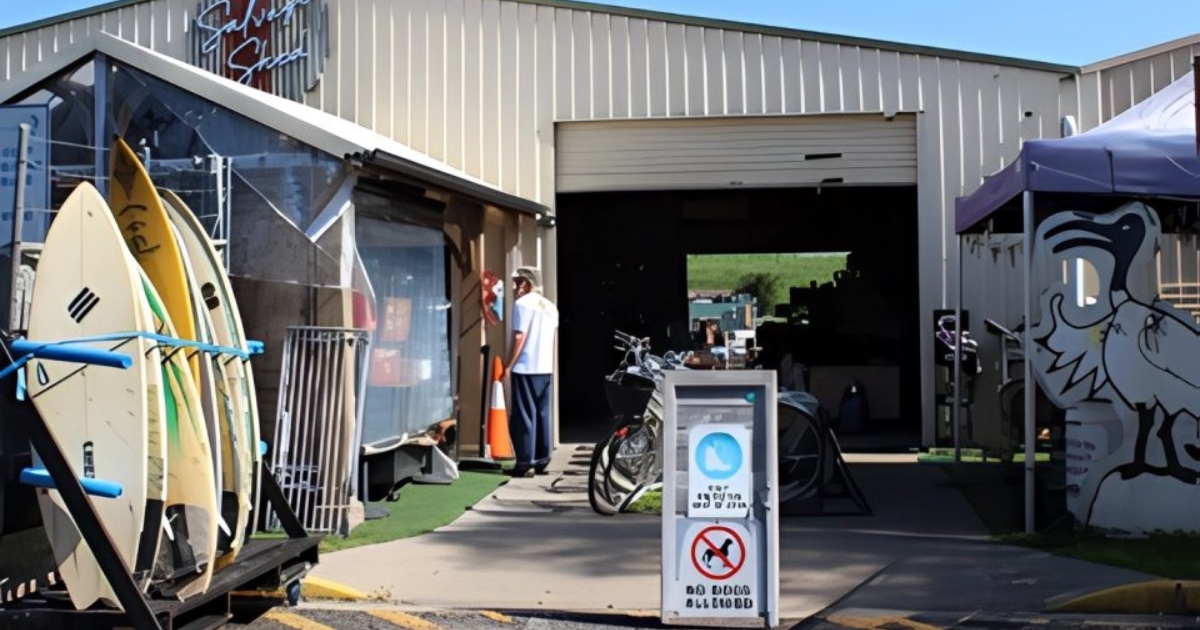Disaster warning technology put to the test

Digital advance warning flood signs are helping to warn people about flooding in the Lismore local government area. Photo: SUPPLIED
THE NSW Government will begin testing new technology to improve early warnings for floods and bushfires across the state.
The testing is part of a $3.3 million commitment to build a natural hazards detection system, addressing a key recommendation from the 2020 Bushfire Inquiry and 2022 Flood Inquiry.
The initiative aims to provide earlier warnings, giving communities more time to respond to natural hazards.
Technologies being tested will include systems that detect floodwater across roads and monitor rainfall and soil moisture to predict floods.
Other projects focus on identifying fire ignitions in remote locations and monitoring soil moisture and fuel loads to aid in fire hazard reduction.
Grants of up to $50,000 will be awarded to support six-month trials of each technology.
The program is led by the Office of the NSW Chief Scientist and Engineer, in collaboration with the NSW Reconstruction Authority.
Chief scientist and engineer Professor Hugh Durrant-Whyte said the state is looking to the future in its approach to disaster response.
“By undertaking trials of groundbreaking technology solutions in real-world conditions we will ensure that NSW residents are better prepared for natural hazards now and into the future,” he said.
Businesses are encouraged to submit proposals addressing these challenges, with the potential to progress to the next stage of the program which includes scaling up and piloting technologies in real-world settings.
Minister for Innovation, Science and Technology Anoulack Chanthivong said it was an important step.
“Supporting businesses to field-test their technologies with NSW Government agencies allows them to bring their innovations one step closer to commercilisation,” he said.
Applications for phase one are open until early December.
The outcomes of the pilot will help shape the final design for deployment in hazard-prone areas of NSW.


















